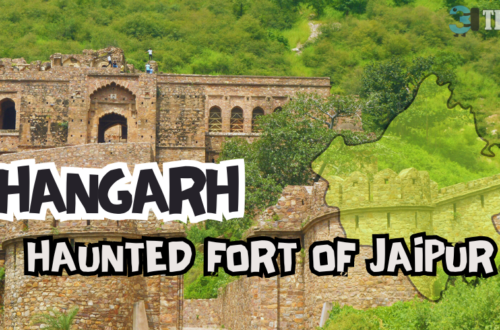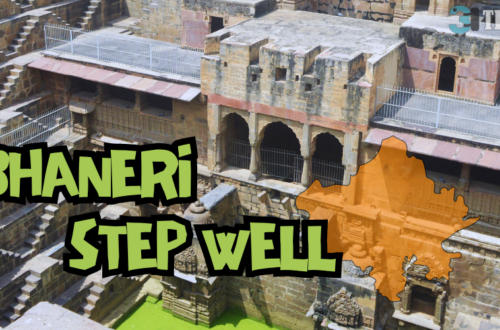
Jaipur’s Chhatriyans – Peace amongst chaos
The architectural marvels of India’s pink city are many. While places like Amer fort or Hawa Mahal are exquisite, we simply fell in love with the Cenotaphs or Chhatriyans of Jaipur. Read on to know why!
Maharaniyon Ki Chhatriyan
It was just because of sheer proximity that we chose Maharaniyon Ki Chatriyaan as our first place to visit. Our hotel was just a stone’s throw away and we thought we’d do something light after about 7 hours of travel and we were so glad we started with this lovely place!!
This is located on Amer road after Jal Mahal as one travels from the lake palace to the city center about a kilometer from Jal Mahal. The site has cenotaphs dedicated to the royal women of the Kachwaha dynasty who were cremated there.

As you make your way through the entrance archway, to your left and right you will find the chattris of the queens of Sawai Madho Singh II and Sawai Man Singh II respectively.

The Structures
The cenotaph of Maharaja Sawai Madho Singh II’s queen named Jadaun Maharani has small pavilions at the corners. Just behind this chhatri is an archway with a series of jaalis on either side. The archway leads to steps which descend to a courtyard that is one level below the chhatri’s plinth. The building has elements that are hewn out of a mix of marble and sandstone.
nThere are two cenotaphs in this complex that are half-completed with only the pillars, plinths and beams but no domes. There’s also a temple’s beginnings that you can see on an elevated plinth which you can see if you ascend up a ramp behind and to the left of the chhatri of Sawai Jai Singh II’s wife.
The latest structure in this complex is the cenotaph of Rajmata Gayatri Devi – one of the most recognized faces of contemporary Indian royalty. She was the third queen of Maharaja Sawai Man Singh II. Her cenotaph sits beside that of the first and second queens.

Gaitore ki Chhatriyan
We took a tumtum (auto rickshaw) from Maharaniyon ki Chhatriyaan and went to our next destination – the royal cenotaphs, Gaitore ki Chhatriyaan. Our little one just fell in love with the tumtum and so it was clear that this was going to be our vehicle for the next three days.
This is the royal crematorium ground of the Kachwaha kings who ruled over Jaipur. The site was chosen by Maharaja Jai Singh II in the 18th century. Other than Maharaja Sawai Ishwari Singh who’s buried in the Jaipur city palace complex, the complex houses the cenotaphs of all the other Kachwaha kings.

The complex is located in a remote nook that is flanked almost completely on three sides by hills and the walls of the Nahargarh fort that rise up and give a scenic and serene background that contrasts with the magnificent poetry in stone that is on display.

The juxtaposition of nature’s timeless beauty and the human condition that attempts to carve an eternal niche in sandstone and marble is best contemplated here amidst calls of peacocks from the surrounding hills and the quarrelsome gangs sparrows that flit to and from the trees and parapet walls.

The chhatriyan in the complex’s name is from the umbrella-shaped domes that top the cenotaphs.

Some of the rulers interred in this complex are Maharaja Sawai Jai Singh, Maharaja Sawai Madho Singh, Maharaja Sawai Maan Singh and Maharaja Ram Singh.
We were told that each of the structure uses a different material – white Makrand marble, white Italian marble and a blend of red sandstone with marble.
There is also a Siva temple under a sprawling banyan tree within the complex. A short climb up some stairs of brings you to a breathtaking view of the city that opens out from this hidden valley of sorts.
The contrast of all bluster and road rage as one makes their way through the city lanes to the oasis of calm that’s the cenotaph complex, makes one wonder what all the hustle and bustle of the mundane everyday rat race is really about, if such is the fate of royalty that held sway over lives of the commoners.

The cenotaphs’ artwork also show a great degree of personalisation in the themes from those of nature (animals, flowers, etc.) to sport (polo, hunt, etc.) and Hindu mythology.


The intricacies that have been managed in the smallest of marble panels is a testament to the craftsmanship and the patronage under which such creativity could flourish.



